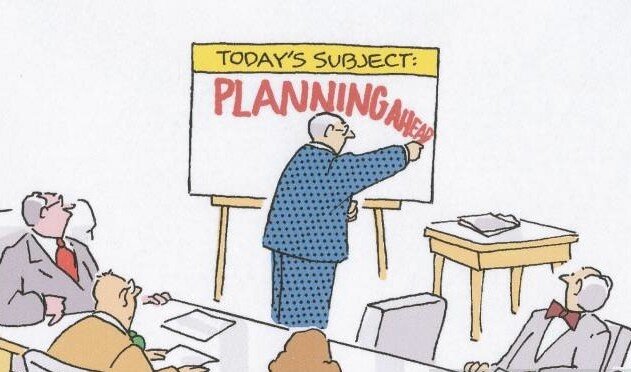Recruitment: Are You Proactive or Reactive?

Ashley Overberg- Incipio Workforce Solutions
I always say recruiting is about being “proactive” and not “reactive.”
It’s the worst-case scenario if you have to be reactive to staff shortages. Even if someone gives you a two-week notice, you’re often caught in a time crunch. You’re scrambling asking them to train someone for their position. If not, that job might be open for a long time.
One way to get ahead of the hiring crunch is to examine recruiting trends at your company. Is there a certain time of year your staffing requirements have to ramp up? Perhaps in the past, you have lost people around the holidays. Knowing the history of hiring needs will help you avoid staffing problems in the future.
Identify trends, create a strategy before you need it.

Planning ahead.
Once you’ve identified some trends, you should develop a strategy and then a marketing plan. Begin by making sure there is an open line of communication between the executive team and human resources. It’s all about being honest. Is there a problem with turnover? If so, what strategies and solutions do we have in place? What’s been going on in the past month? The past year? What needs do you foresee? Even when things are running smoothly, it’s important to have that check-in to ensure there are no surprises. If any issues are identified, it pays to address them early before you find yourself short-staffed, which will affect your bottom line.
Employee Referral Programs
Assuming you’ve created a company culture where your current employees are motivated, engaged and proud of where they work, an employee referral program can be helpful. Setting up some criteria around that program is important, however. For example, a new hire has to stay for a certain amount of time for the referring employee to get a bonus.
It’s also important to look at the demographics of your hires. Benefits evolve over time. Make sure your benefits package is designed to draw in both a boomer and a millennial. What can you provide that might be unique and set you apart from a competitor? With millennials for example, can you offer student loan assistance or a loan repayment plan? That’s important to young people coming out of school with large amounts of debt. When was the last time you looked at your 401(k) benefit? Is the company match sufficient to attract a worker proactive about being prepared for retirement?
Are you looking for a good fit or a warm body?
Once you have a candidate, obviously you begin by looking at their technical skills. Do they have the knowledge and skills to do that job effectively? Then you look at whether they might be a good “fit.” Behavioral questions can help you make that determination. For example, rather than asking someone, “Can you multitask?” Ask them to describe a time when they juggled six projects at the same time. Answers to similar open-ended questions will give you an idea of their skills and experiences are a good match for your open position.
It’s important to recognize not everyone is skilled at interviewing. Every manager needs training in this area. Without even knowing it, some people will ask questions that are illegal or ask questions that might imply favoritism. It’s important managers know what they can and can’t ask. A strong internal training program designed around hiring best practices will head off any issues and strengthen your ability to recruit quality employees.
